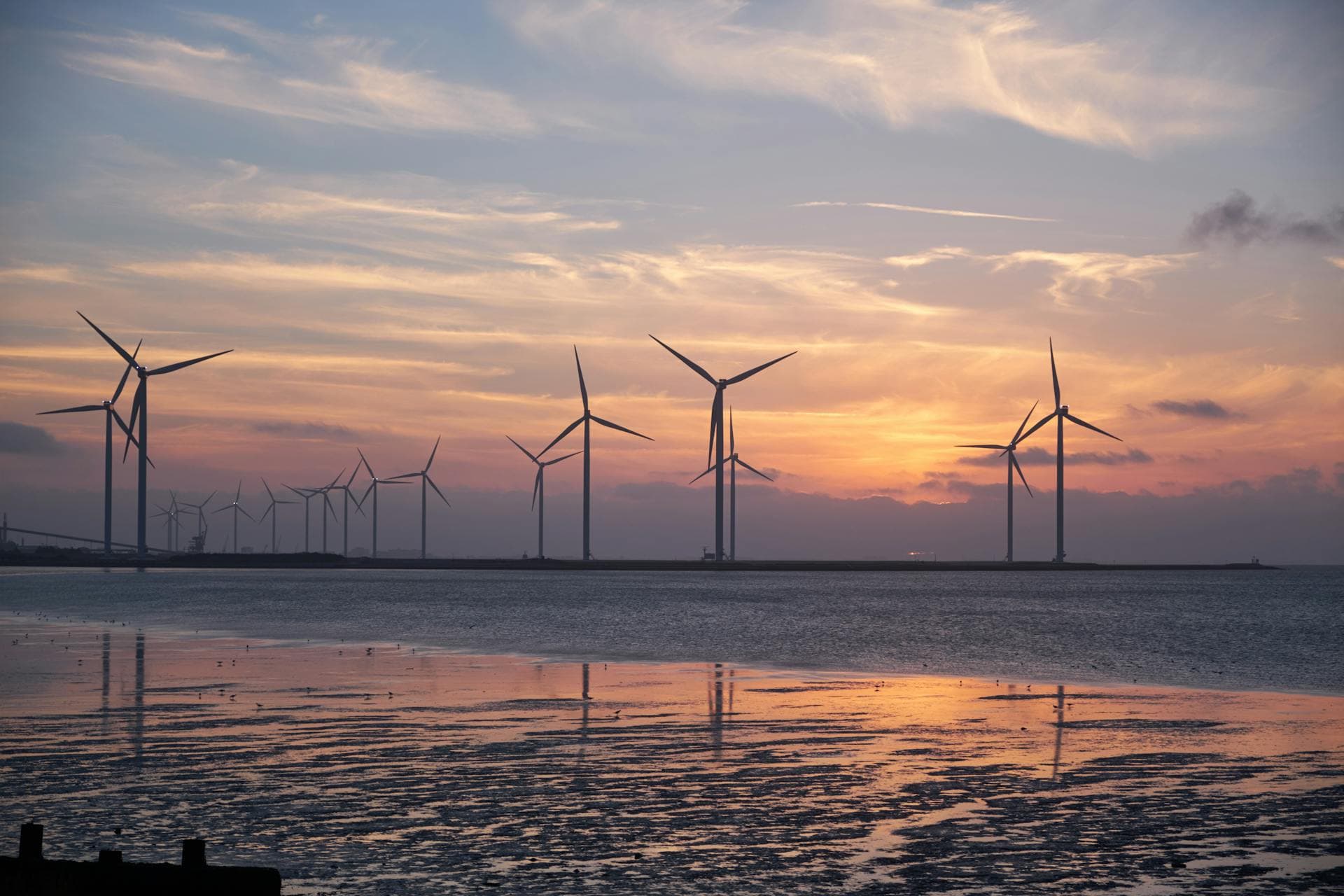
The Process of Harvesting Wind Energy: Harnessing the Power of the Air
Wind energy has become one of the fastest-growing sources of renewable energy, providing a clean and efficient alternative to traditional power generation. From wind farms to small-scale turbines, wind energy harnesses the natural movement of air to generate electricity. In this blog, we’ll walk through the process of harvesting wind energy and explain how this invisible force is transformed into usable power.
1. Capturing Wind with Turbines
The process of harvesting wind energy begins with wind turbines—the large, often towering structures with blades that turn when the wind blows. Wind turbines work similarly to airplane wings. As the wind moves across the blades, it creates lift, causing the blades to spin. The rotor blades of the turbine capture the kinetic energy of the wind. The stronger the wind, the faster the blades spin. Modern wind turbines are designed to start operating at wind speeds as low as 5 to 8 mph (2 to 3.5 m/s), and they can safely shut down during extremely high wind speeds to prevent damage.
2. Converting Kinetic Energy into Mechanical Energy
As the wind spins the blades, the rotor (which consists of the blades and a central hub) rotates. This mechanical energy generated by the rotation is transferred to a shaft inside the turbine. The shaft is connected to a gearbox, which increases the rotational speed. This gearing mechanism ensures that the slow rotation of the blades is sped up enough to efficiently drive the next component—the generator.
3. Generating Electricity
At the heart of the wind turbine is the generator, which is responsible for converting the mechanical energy into electrical energy. Inside the generator, the spinning shaft turns a series of magnets around a coil of wire, creating an electric current through the principle of electromagnetic induction. This electric current is in the form of alternating current (AC), which is used to power homes, businesses, and industries. The amount of electricity generated depends on both the wind speed and the size of the turbine. Larger turbines with longer blades can capture more wind and generate more power, making them suitable for wind farms, while smaller turbines are often used for residential or small commercial applications.
4. Transmitting Power to the Grid
Once the wind turbine generates electricity, it must be transmitted to where it’s needed. The electricity flows from the generator through power cables to a transformer, which steps up the voltage so the electricity can be transmitted over long distances via the power grid. At wind farms, where multiple turbines are installed, the electricity from all the turbines is collected and sent through a central transformer before being transmitted to the grid. This power is then distributed to homes and businesses for use.
5. Monitoring and Controlling the Turbine
Wind turbines are equipped with monitoring systems that track their performance, wind conditions, and the amount of energy generated. The turbine’s control system can automatically adjust the angle of the blades (called pitch control) to optimize the efficiency of energy generation based on the wind speed and direction. In addition to pitch control, turbines use yaw control to rotate the entire structure so that the blades always face into the wind. This ensures that the turbine captures the maximum possible amount of wind energy.
6. Storing Excess Energy (Optional)
Like other renewable energy sources, wind energy can sometimes produce more electricity than is immediately needed. In these cases, energy storage systems can be used to capture the excess electricity for later use. Battery storage solutions, such as lithium-ion batteries, are increasingly paired with wind farms to store surplus energy, making it available during periods when the wind isn’t blowing.
7. The Role of Wind Farms
While individual wind turbines are common for residential use, large-scale wind farms are critical for generating enough electricity to meet the energy demands of cities and industries. A wind farm consists of many turbines spread over a wide area, all working together to produce vast amounts of electricity. Wind farms are typically located in regions with consistently strong winds, such as coastal areas, open plains, and offshore locations. Offshore wind farms, in particular, are gaining popularity due to the higher and more consistent wind speeds over oceans and seas.
Why Wind Energy is Essential for a Sustainable Future
Wind energy offers numerous benefits as a renewable energy source. It is clean, meaning it produces no greenhouse gas emissions or air pollutants. It is also sustainable, as wind is a natural and inexhaustible resource. Once a wind turbine is installed, it can generate electricity for decades with minimal environmental impact. Wind energy also plays a crucial role in reducing our dependence on fossil fuels, which helps combat climate change. The global shift towards renewable energy sources is being led by wind and solar energy, both of which offer scalable solutions to meet the growing demand for clean electricity.
Conclusion: The Power of Wind Energy
Wind energy is a powerful and efficient way to generate electricity, harnessing the natural movement of air to power our world. From capturing the wind’s kinetic energy to transmitting it to the grid, the process is a testament to the ingenuity of modern technology. With continuous advancements in turbine design, energy storage, and grid integration, wind energy is poised to become an even more significant part of our energy future. As we look toward a more sustainable world, investing in wind energy is a crucial step in reducing carbon emissions and ensuring a cleaner, greener planet for future generations. The next time you see a wind turbine spinning on the horizon, remember that it’s not just catching the wind—it’s capturing the future of energy.